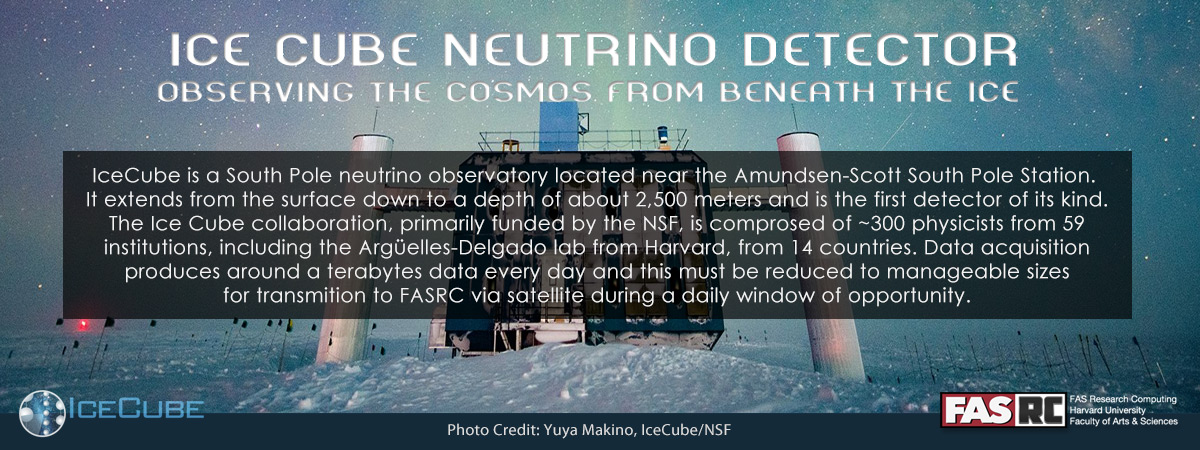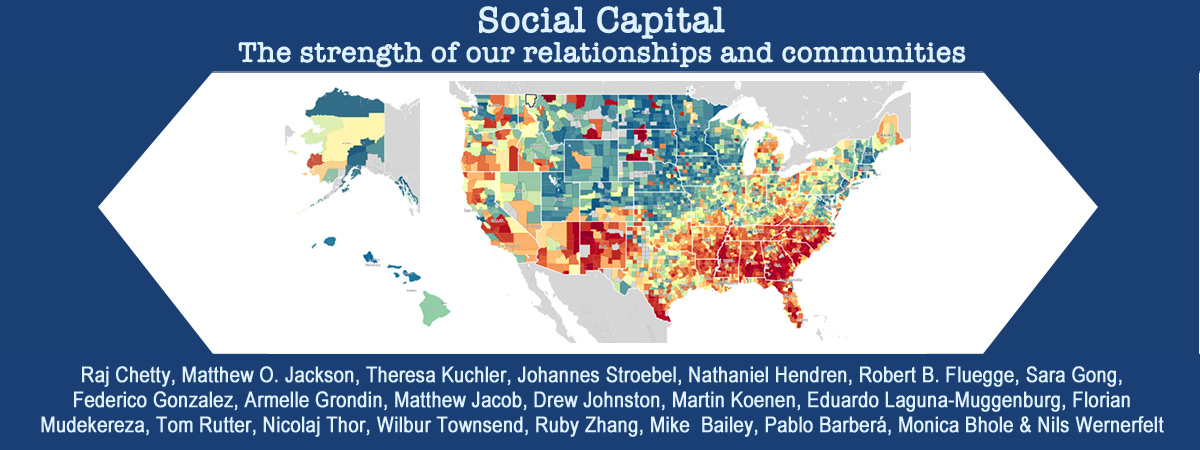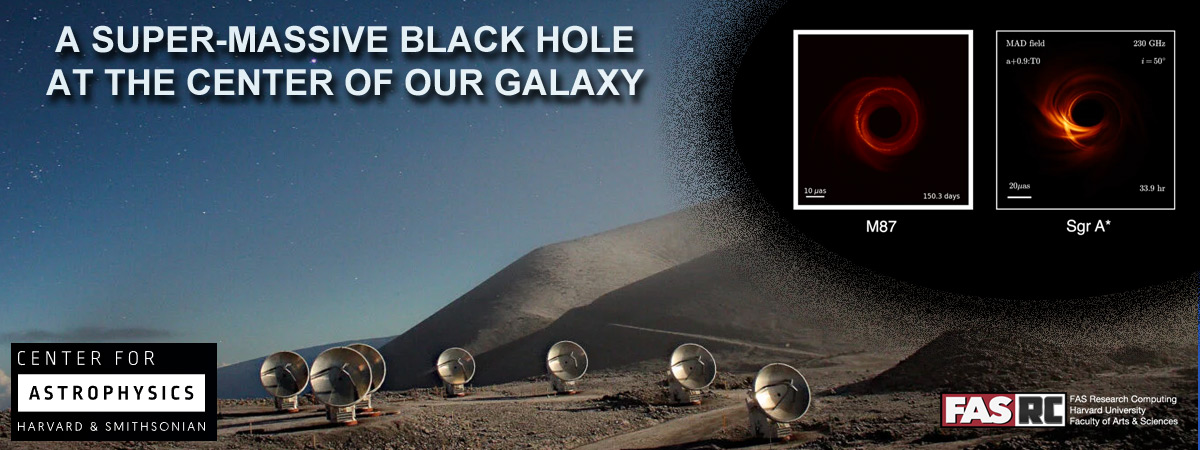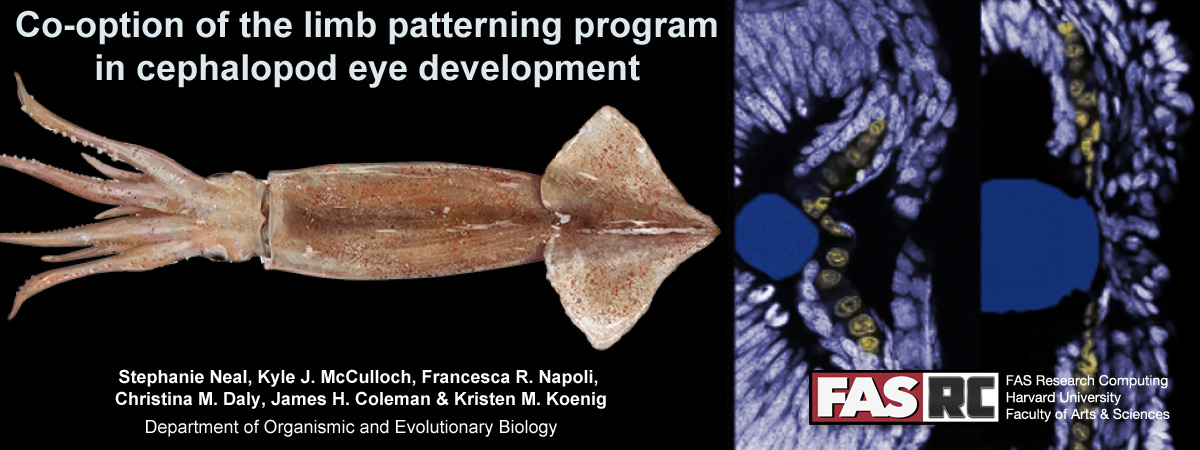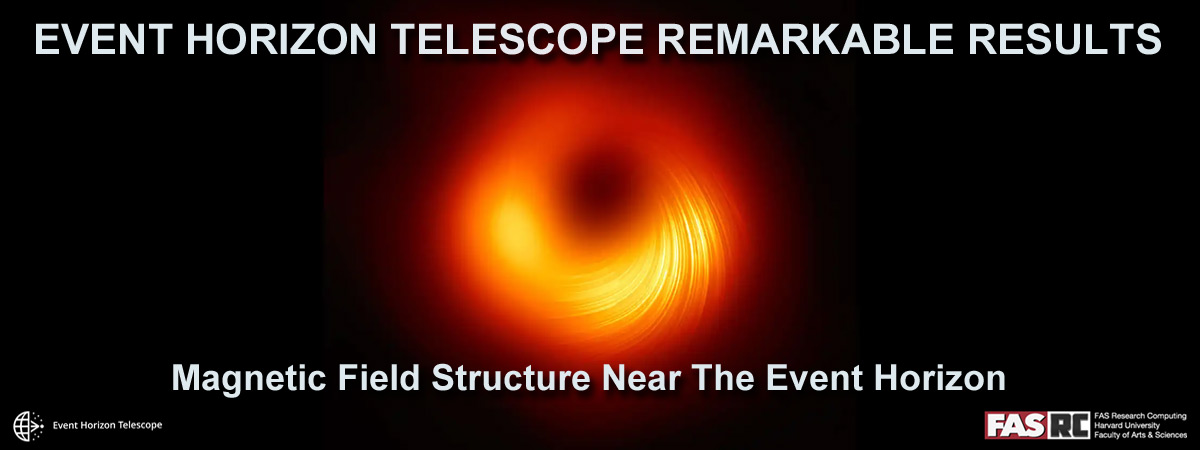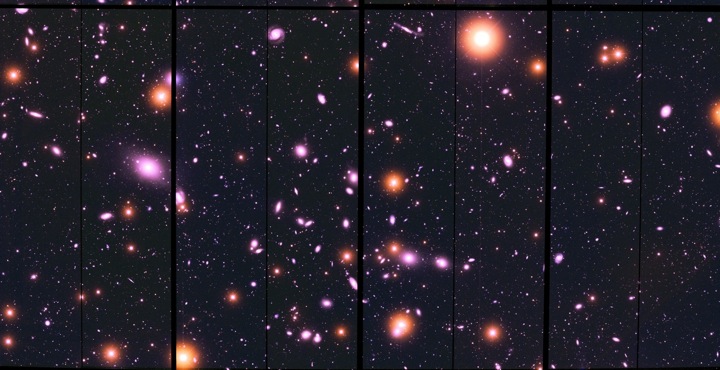 ESSENCE is a 6 year project that ran from 2002-07 and discovered 200+ SNe Ia over the redshift range [0.15, 0.75]. FAS researchers are working today to reduce and analyze the ~2 TB of raw image data, improve models of SNe Ia explosions and better understand their environments. This in turn will lead to tighter constraints on cosmological parameters and understand the the dark energy and test if it really is consistent with a cosmological constant. The expectation is to complete the analysis of all 6 years of data by early next year.
ESSENCE is a 6 year project that ran from 2002-07 and discovered 200+ SNe Ia over the redshift range [0.15, 0.75]. FAS researchers are working today to reduce and analyze the ~2 TB of raw image data, improve models of SNe Ia explosions and better understand their environments. This in turn will lead to tighter constraints on cosmological parameters and understand the the dark energy and test if it really is consistent with a cosmological constant. The expectation is to complete the analysis of all 6 years of data by early next year.
Harvard University now participates in the Pan-STARRS project. Situated atop Haleakala, Maui, PS1 is a 1.8m telescope with a 1.4 Gigapixel camera covering ~7 sq. degrees of sky with a single exposure. PS1 will survey the full sky to create a database of all celestial objects visible from Hawaii down to an apparent magnitude of 24. One component of the PS1 mission, the Medium Deep Survey will cover 10 pointings, roughly uniformly distributed over the sky, over the course of the year with a 4 day cadence and find ~357 SNe Ia every month once science operations begin in earnest. Since the first science data release in July, PS1 has already produced more rawdata than all 6 years of ESSENCE combined!
FAS scientists are developing software to analyze this data in real time to find new transient objects including supernovae. Groups at Harvard are involved in searches for several classes of objects in PS1 data - asteroids and other undiscovered Solar System objects, surveys of distant galaxies, and understanding the nature of dust in our own.
Faculty:
Prof. C. Alcock
Prof. E. Berger
Prof. M. Holman
Prof. C. Stubbs

